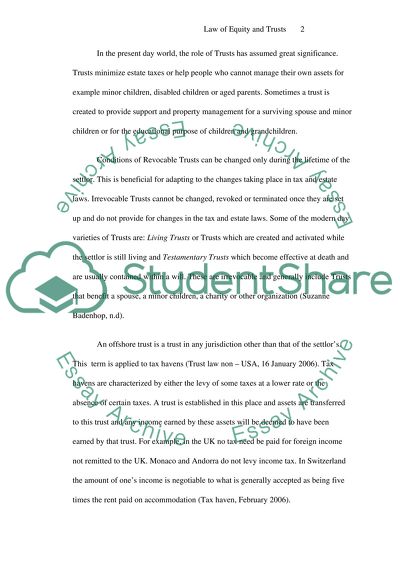Cite this document
(Equity And the Law of Trust Literature review Example | Topics and Well Written Essays - 2000 words, n.d.)
Equity And the Law of Trust Literature review Example | Topics and Well Written Essays - 2000 words. Retrieved from https://studentshare.org/law/1536049-equity-and-the-law-of-trust
Equity And the Law of Trust Literature review Example | Topics and Well Written Essays - 2000 words. Retrieved from https://studentshare.org/law/1536049-equity-and-the-law-of-trust
(Equity And the Law of Trust Literature Review Example | Topics and Well Written Essays - 2000 Words)
Equity And the Law of Trust Literature Review Example | Topics and Well Written Essays - 2000 Words. https://studentshare.org/law/1536049-equity-and-the-law-of-trust.
Equity And the Law of Trust Literature Review Example | Topics and Well Written Essays - 2000 Words. https://studentshare.org/law/1536049-equity-and-the-law-of-trust.
“Equity And the Law of Trust Literature Review Example | Topics and Well Written Essays - 2000 Words”. https://studentshare.org/law/1536049-equity-and-the-law-of-trust.


